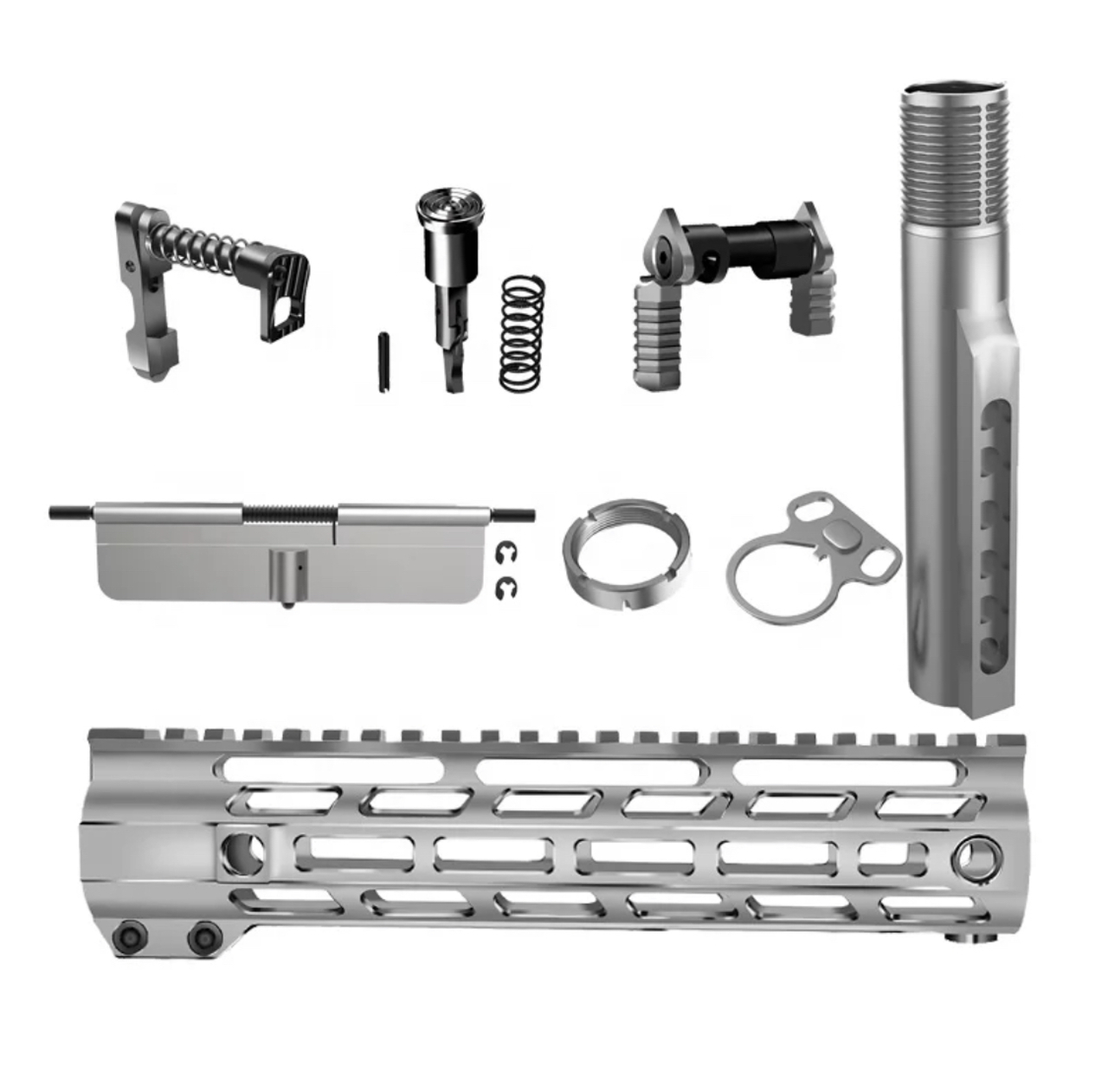I have a "large format pistol" (AR) chambered in 10mm.
So far, I've shot only mid-range loads through it, 200grs @ 1039 (chrono'd through 5" barrel).
Extracted cases are hitting the rear of the ejection port (not seeing much contact with the case deflector), chewing up the edge of the port.
My assumption has been that the bolt is moving "too fast", the ragged edge of the port being the evidence.
However, cases are ejecting only 2-3 feet, and someone suggested my loads may be too LIGHT, because the case hasn't already ejected when the bolt reaches the rear of its travel.
I've been in contact with the manufacturer's customer service, and all of the discussions have revolved around heavier buffer weights and possible load reduction to prevent further damage.
Increasing the load, so the ejection cycle is sped up(?), seems counterintuitive, but I'm not well versed in how PCCs, or ARs in general, might react to changes in load.
I watched a video of a guy shooting 220 grains at over 1200fps, maybe over 1300 from the 8" barrel, and no comments about the gun taking a beating, so, is there something to the notion that I need to increase my loads?
This is the port after thirty rounds, and after about 150 rounds:
![Image]()
![Image]()
So far, I've shot only mid-range loads through it, 200grs @ 1039 (chrono'd through 5" barrel).
Extracted cases are hitting the rear of the ejection port (not seeing much contact with the case deflector), chewing up the edge of the port.
My assumption has been that the bolt is moving "too fast", the ragged edge of the port being the evidence.
However, cases are ejecting only 2-3 feet, and someone suggested my loads may be too LIGHT, because the case hasn't already ejected when the bolt reaches the rear of its travel.
I've been in contact with the manufacturer's customer service, and all of the discussions have revolved around heavier buffer weights and possible load reduction to prevent further damage.
Increasing the load, so the ejection cycle is sped up(?), seems counterintuitive, but I'm not well versed in how PCCs, or ARs in general, might react to changes in load.
I watched a video of a guy shooting 220 grains at over 1200fps, maybe over 1300 from the 8" barrel, and no comments about the gun taking a beating, so, is there something to the notion that I need to increase my loads?
This is the port after thirty rounds, and after about 150 rounds:






